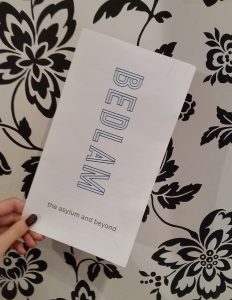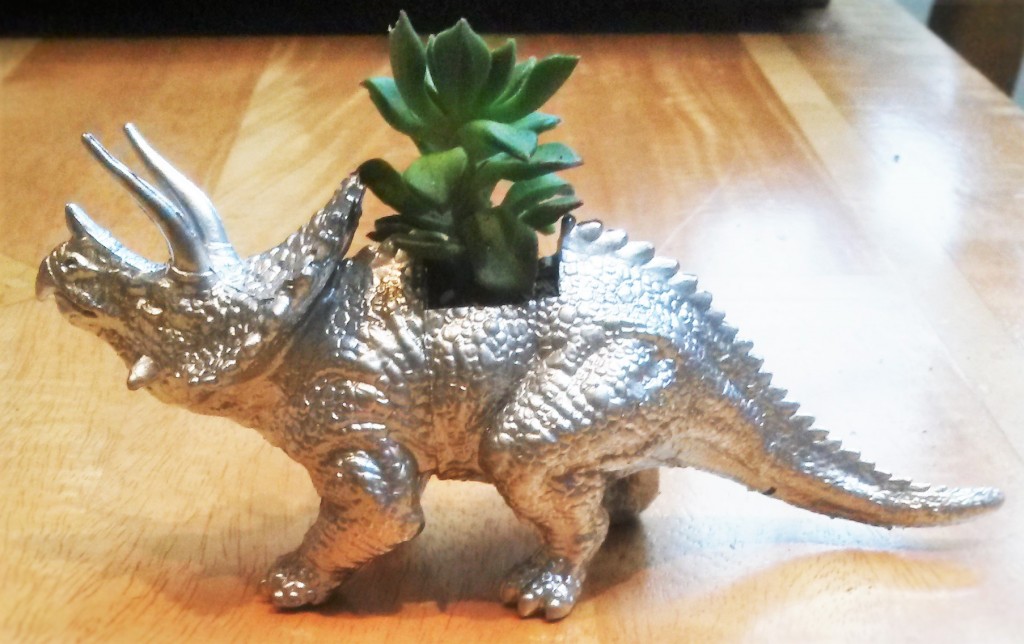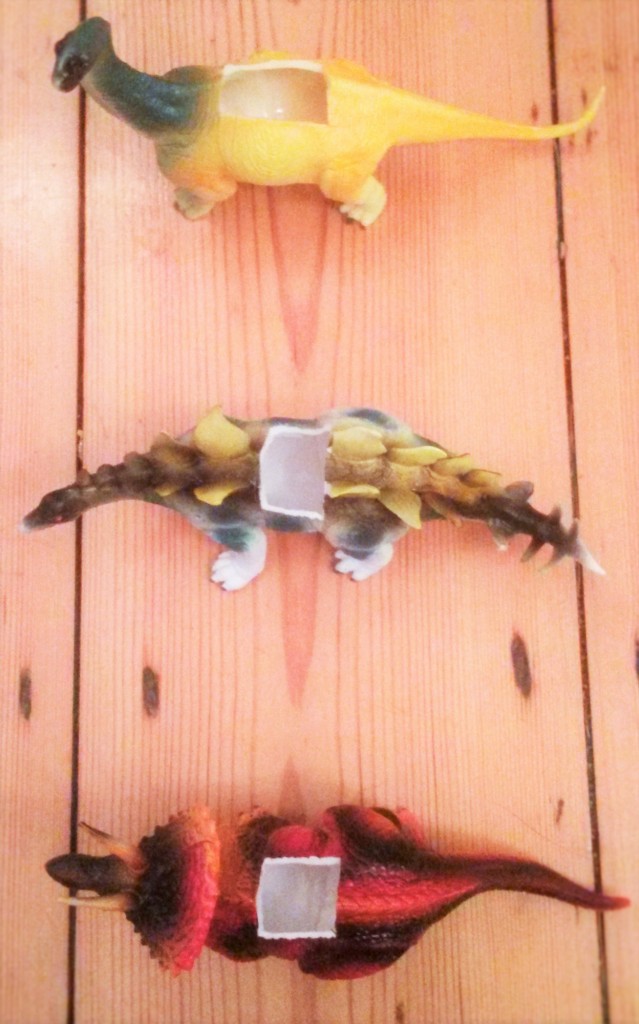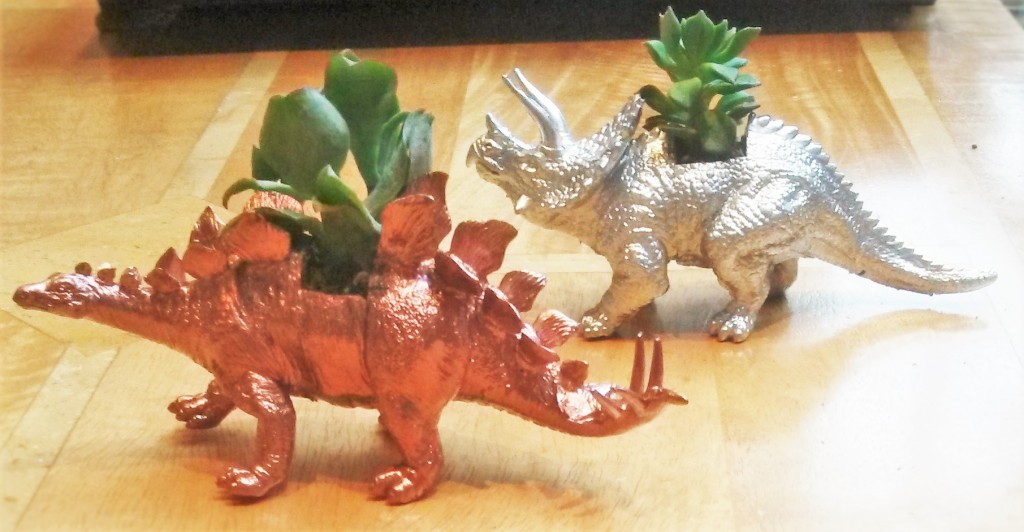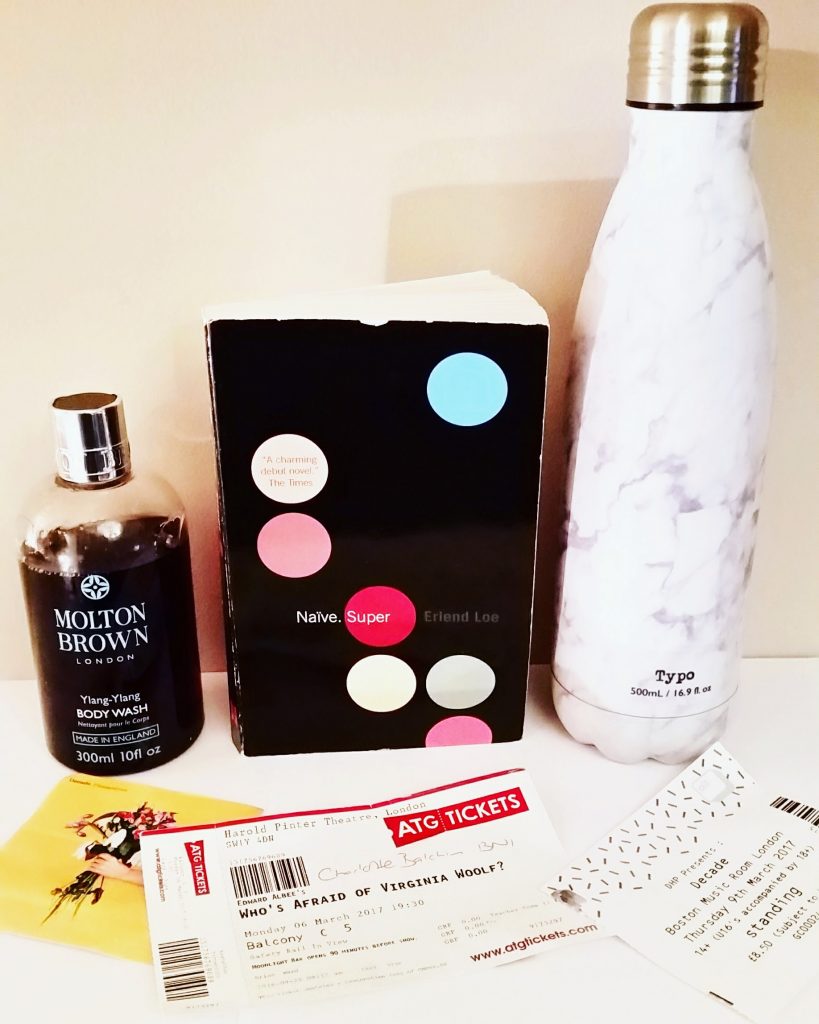
Some favourite things from March!
Production: Although the production of William’s ‘The Glass Menagerie’ that I saw in February at the Duke of York’s Theatre set a really high standard, and was both stunning and heartbreaking, the production of Edward Albee’s ‘Who’s Afraid of Virginia Woolf?’ at the Harold Pinter Theatre that I saw this month was no let down. All of the cast were fantastic, particularly Imelda Staunton, and I left almost in shock from how tense things got. Definitely a production I’d wholeheartedly recommend.
Film: definitely Moonlight. I loved it. It was beautiful. Go and see it. The cinematography and colours alone were breathtaking.
Also the documentary 13th (on Netflix UK at the moment) was eye opening, and made me even more concerned about the state of our societies (woop!). In all seriousness however, it looks at the idea that slavery has been perpetuated through incarceration and the prison system in America, with a particular focus on the war on drugs fronted by Reagan and Conservatives in the 1980s. The documentary is named after the 13th Amendment, the Amendment freeing slaves in America yet not if slavery was as punishment for a crime – therefore a loophole in the slave emancipation and thus one of the reasons a legacy of slavery has essentially been able to continue in the modern day.
Book: My favourite non-fiction book this month was Nudge by Thaler and Sunstein, which loked at different ways choices can be suggested and the impact these suggestions can have in the wider world. I found this really interesting as I hadn’t previously given much thought to this and it highlighted just how much we do that can be affected by choices from other people. One example was the the impact of health plan options suggested by a government in various ways, each way giving better or worse choice outcomes. I also found this book really accessible to read, as although I don’t study economics at all I could understand all of it.
My favourite fiction book this month was Naive.Super by Erlend Loe, as I loved the simplicity of it and really enjoyed the narrative. Overall it was such a lovely small read with so many big, often philosophical, questions.
Something I bought: I bought a waterbottle which I’ve been meaning to do for ages as I never drink enough water and I’ve become really conscious of wasting so many plastic cups when I’m out. I bought a stainless steel marble-effect bottle from Typo, and although more expensive than I had originally planned, it seems particularly durable and I absolutely love the pattern!
A bath product!: I’ve really enjoyed Molton Brown’s Ylang Ylang body wash this month, which I was bought as a gift. It smells absolutely wonderful, creates loads of bubbles in the bath and is a really pretty shade of purple :)
(Molton Brown is also certified cruelty free and this body wash is vegan as far as I can tell…)
Music: I’ve been ridiculously excited by Alt J’s release of new music this month, and need to get round to really experiencing it as I find Alt J is always super layered and interesting to listen to. However something I can’t stop playing is the band Decade’s new album Pleasantries, and honestly they’re still so underrated. My girlfriend and I also went to their show in London at the beginning of the month, which I loved and it was really cool to hear the album live
Charlotte x


